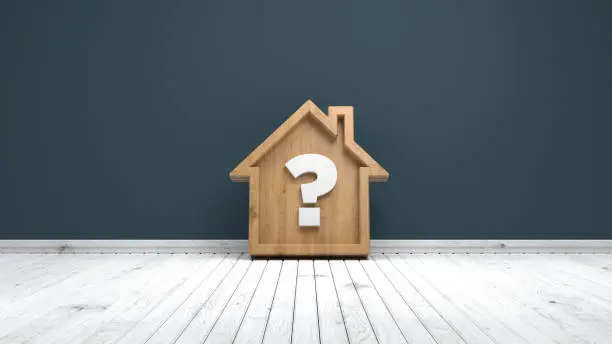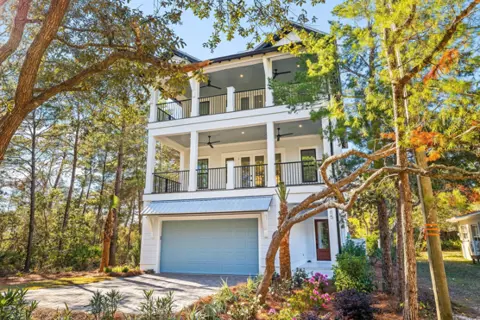If you’ve ever searched your home address on Zillow, you’ve seen that mysterious number pop up—the Zestimate. For many buyers and sellers, it feels like the gospel truth. But here’s the reality: your Zillow estimate can be off by tens of thousands, sometimes even hundreds of thousands of dollars. Blind trust in an automated valuation can cost you big time.
Let’s break down what a Zestimate is, where it fails, and why nothing beats the insight of a seasoned local expert.
Why So Many People Rely on Zillow Zestimates
The Appeal of Instant Answers
Zillow is convenient. You type in an address, and in seconds, you see what the algorithm says your home is worth. No phone calls, no waiting for an agent to respond. Just instant gratification.
Convenience vs. Accuracy
The problem is that convenience doesn’t always equal accuracy. Zestimates are automated guesses—helpful as a starting point but unreliable as a decision-making tool.
What a Zillow Zestimate Really Is
The Algorithm Behind the Number
A Zestimate is essentially Zillow’s automated valuation model (AVM). It uses math, big data, and algorithms to predict value based on available information.
Where the Data Comes From
The data usually comes from tax records, MLS feeds, public records, and past sales. If the data is missing or wrong, so is the Zestimate.
Zillow’s Own Margin of Error
Even Zillow admits it isn’t perfect. According to Zillow’s own site, their Zestimates can be off by 6–10% or more depending on the market. On a $1M home, that’s a $60,000 to $100,000 swing.
The Hidden Flaws of Automated Valuations
Outdated or Incomplete MLS Data
If a property hasn’t been updated in public records—or if recent sales aren’t reflected—the Zestimate lags behind reality.
Failure to Account for Renovations or Upgrades
Did you just remodel the kitchen or add a pool? Zillow doesn’t know unless you manually update it.
Ignoring Neighborhood Nuances
Zillow can’t distinguish between the home with gulf views and the one across the street with no view, even though that difference could mean hundreds of thousands.
The Problem With Unique or Luxury Homes
The more unique the home, the less accurate Zillow gets. Cookie-cutter subdivisions are easier to price than luxury waterfront properties.
Real-Life Examples That Prove the Point
The Home That Sold for Way More
One local seller trusted Zillow’s number and listed close to the Zestimate. With professional guidance, the home actually sold for $75,000 more.
The Property That Zillow Overvalued
On the flip side, a buyer chased a home priced near its Zestimate—only to discover comparable properties were selling for much less.
Why Local Expertise Outperforms Algorithms
Agents Understand Micro-Market Trends
Markets like 30A aren’t one-size-fits-all. Grayton Beach isn’t the same as Inlet Beach, and Seaside doesn’t price like WaterColor. Local agents know these differences.
The Power of Walking Through a Home
An algorithm can’t smell mold, see worn-out floors, or feel the impact of a panoramic gulf view. Agents can.
Knowing What Buyers Will Actually Pay
Data predicts. Agents know reality. Buyers make emotional decisions, and an experienced agent understands that psychology.
How a Professional Valuation Works
Comparative Market Analysis (CMA)
Agents build CMAs by comparing recent sales of similar homes, adjusted for condition, upgrades, and location.
Appraisals vs. Zestimates
Appraisers dive even deeper, combining market data with an in-person inspection. Zestimates don’t include this human factor.
Factoring in Market Conditions
Interest rates, inventory, and seasonal shifts all influence home values. Algorithms don’t always adjust quickly enough.
The Dangers of Blind Trust in Online Estimates
Overpricing Your Home
If you list based on a Zestimate that’s too high, your home sits—and buyers wonder what’s wrong.
Undervaluing and Leaving Money on the Table
If the Zestimate is too low, you risk selling for less than what your home is truly worth.
Losing Negotiating Power
Buyers who cling to Zestimates may argue based on faulty numbers, weakening your position if you don’t have professional data to back you up.
The Pro Tip Seasoned Agents Know
Here’s the truth: a Zestimate is a starting point, not a finish line. Use it as a general idea, but never make financial decisions based solely on it.
How to Get the Most Accurate Valuation
Partner With a Local Expert
Work with someone who knows your market street by street, not just zip code by zip code.
Ask for a Full CMA
This will give you a more realistic picture based on actual sales and conditions.
Get Multiple Perspectives
Appraisers, agents, and even contractors can help you understand the real value of a property.
Final Takeaways
Zillow estimates are a fun starting point, but they’re not the truth. If you rely on them blindly, you could overprice, underprice, or miss opportunities in the market. The smartest move is pairing data with local expertise.
Want to know what your 30A home is really worth? The Bobby J Team provides in-depth valuations that cut through the noise of automated guesses.
FAQs
1. How accurate is a Zillow Zestimate?
Zestimates can be off by 6–10% or more depending on the property and market.
2. Why does my Zestimate change so often?
The algorithm updates when new data becomes available, even if it’s not fully accurate.
3. Do renovations affect my Zestimate?
Only if you manually update them. Otherwise, Zillow has no way of knowing.
4. Should I price my home based on Zillow?
No. Use it as a general guide, but always confirm with a professional CMA or appraisal.
5. Can buyers use Zestimates in negotiations?
They might, but you’ll be stronger if you have professional data that shows the true market value.
MORE ARTICLES
Does Living on 30A Really Help You Live Longer? Science Says Yes
Where to Eat, Stay, and Play in Seaside, Without Feeling Like a Tourist
10 Places We Love Around 30A
Top 3 Features Today’s Buyers Are Prioritizing (Hint: It’s Not Granite)





